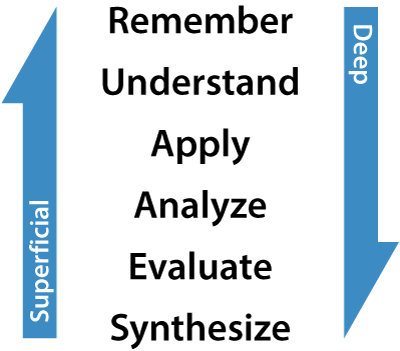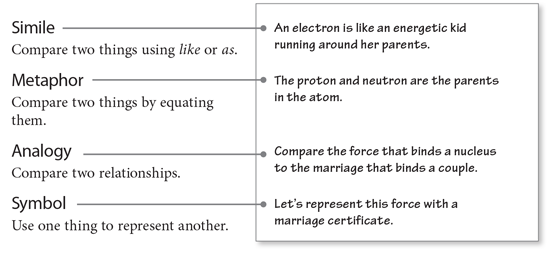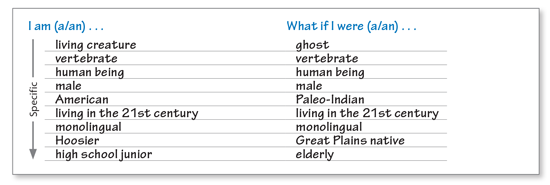The Common Core State Standards require students to think more deeply in all classes. But what counts for deeper thinking? Bloom’s revised taxonomy lists thinking skills in order from superficial to deep:

For many years, we’ve done well teaching and testing the top half of the taxonomy. After all, multiple-choice, true-false, and fill-in-the-blank items do an excellent job of measuring what students remember, understand, and can apply. On the other hand, they don’t easily measure what students can analyze, evaluate, or synthesize. What is tested is taught, so our inability to test these skills has meant that they were not getting taught.
However, the new assessments for the Common Core test the full range of skills required. These tests combine new strategies, interactive environments, simulated research situations, and good-old essay responses in order to assess how well students can analyze, evaluate, and synthesize. Of course, now that these skills will be tested, they must be taught.
How can I teach analyzing and evaluating?
Start by teaching thinking strategies. One strategy that most educators already know is using graphic organizers to stimulate thinking:
Also, check out these familiar critical-thinking strategies coupled with a fun game that you can use to teach content.
How can I teach synthesizing?
Synthesizing requires not just critical thinking but also creative thinking. Outside of the arts, most teachers might feel uncomfortable teaching strategies for creativity, but these are just as teachable as the critical-thinking skills above. Here are three strategies:
- Metaphorical Thinking: Take any topic that you are currently studying and ask students to create a simile, a metaphor, an analogy, and a symbol representing the topic:
- Conceptual Blending:Ask students to think more deeply about a system or situation by using conceptual blending. Pose a question that connects the system or situation to a different system or situation. Then have the students answer the question in as many ways as possible:
How could Congress run more like a business?
- Members could have annual performance reviews.
- Members could pay for part of their insurance packages.
- Congress could have a mission statement.
- Congress could be rated against other international legislative groups.
Conceptual blending requires students to think divergently about a topic, thereby discovering whole new ways of understanding it. As the example above demonstrates, any one of these answers could lead to a deep discussion of the nature and organization of Congress.
- Perspective Shifting: Ask students to consider a topic from a different point of view. You can do so by having students first list key aspects of who they are. Then, have them change one or more of those aspects in a new list. Finally, have them adopt the perspective suggested by their new list as they think about a topic you are discussing.


For more creative thinking strategies, watch this video.